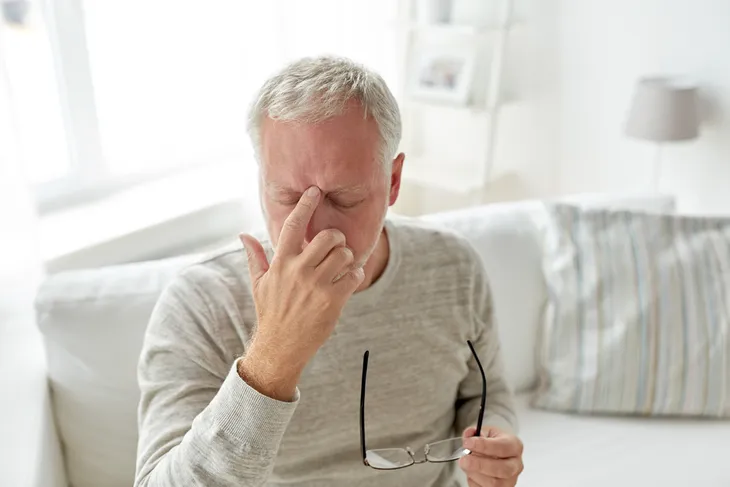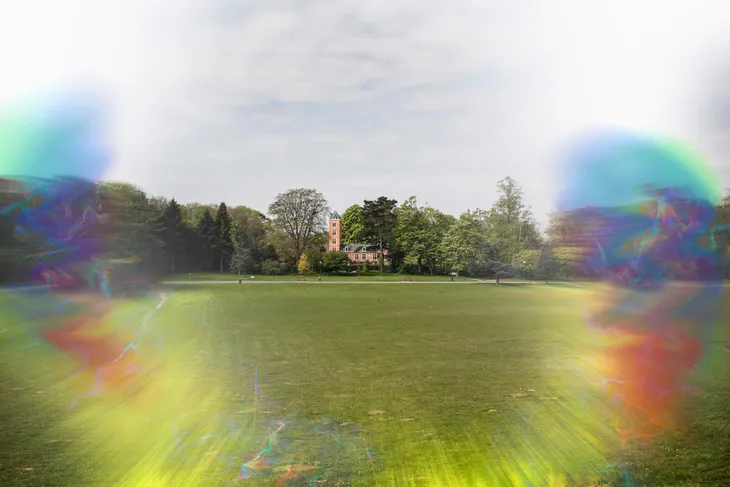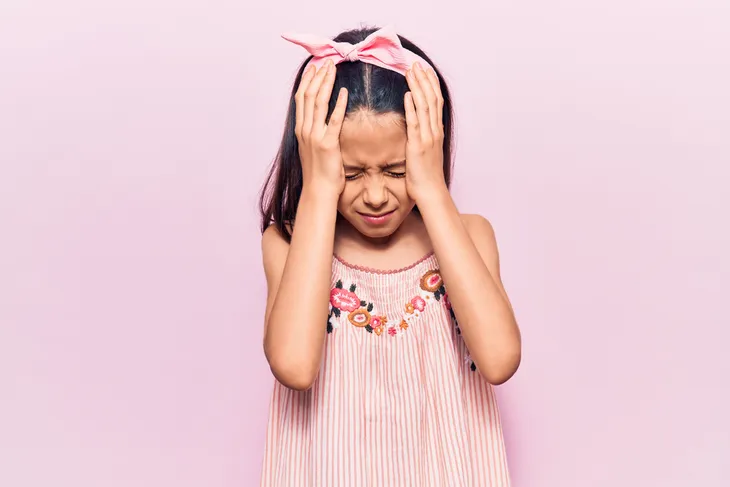A recent study from the BMJ journal concluded that women who suffer from migraine headaches are more likely to develop serious health conditions affecting the heart, including stroke and heart attack. It’s an alarming finding, particularly as the study involved thousands of women followed over more than two decades.
The study, which was based on data collected through the Nurses’ Health Study II, reinforces health experts’ desire to learn more about migraine headaches. Unfortunately, there are still many misconceptions about migraines, particularly as they affect women. To help clear this up, let’s take a look at important facts to know about migraine headaches…
Someone You Know Suffers from Migraines
Chances are you’ve heard someone say they suffer from migraine headaches. But the number of people close to you who regularly deal with this condition is probably higher than you think.
In fact, the Migraine Research Foundation believes that migraine headaches represent the third-most prevalent illness in the world. In the United States, one-quarter of all households includes a person struggling with migraines. Globally, it’s estimated that more than one in 10 people have migraine headaches on a regular basis.
Age Matters
Anyone, no matter their age group, can struggle with migraine headaches. But many people don’t realize that there are certain age groups that struggle more with this painful and debilitating health condition.
Surprisingly, according to the AmericanHeadacheSociety.org it’s middle-aged people, or those aged 25 to 55, that are most likely to deal with migraine headaches. That means children, teenagers, and older adults are less likely to encounter this problem on a regular basis.
It’s Genetic
Migraine sufferers often know one another very well. Sometimes, that’s because they come together through various associations to discuss the problem and how it has affected their lives.
But in many cases it’s because migraine sufferers are often tied by family bonds, according to the Mayo Clinic. In fact, it’s estimated that four in five people regularly dealing with migraine headaches have a family history of the condition. So, if you’re worried that those headaches are migraines, talk to your parents, grandparents, or relatives about its role in your family’s past.
Migraines Affect People Differently
Just like the people that suffer from them, no two migraine headaches are alike. Generally speaking, a migraine is an incapacitating neurological condition, which means it can appear in various ways and comes with a wide range of symptoms.
For some people, it’s throbbing pain on one side of the head; for others, the pain affects both sides. Still others experience visual disturbances, feel sick to their stomach, get dizzy, or feel particularly sensitive to light, sound, smell, even touch.
Migraines Range in Duration
There’s no set timeline for a migraine headache. That means it’s impossible to tell if the pain will subside after a few hours or a few days. For many people struggling with migraine headaches, this can mean major schedule changes and difficulty adapting their lifestyle to the condition.
Researchers at the Mayo Clinic find that migraine headaches can last anywhere from four to 72 hours, or about three full days. Should a migraine last any longer, one should immediately seek medical assistance.
Women More Likely to Suffer from Migraines
One of the most surprising findings of medical researchers examining migraine headaches: they affect women more than men. In the United States, it’s believed that migraines affect about 28 million people. About one in four women will experience migraines in their lifetimes.
This can vary depending on age, though. Prior to hitting puberty, boys are more likely to struggle with migraines than their female counterparts. Once in adulthood, though, women are far more likely to experience migraine headaches.
Kids Get Migraines, Too
Having a hard time believing your child is suffering a migraine headache? Believe it: research from the Migraine Research Foundation shows that kids get migraines, too. In fact, about one in ten school kids suffer from migraine headaches on a fairly regular basis.
Unfortunately, parents, teachers, and physicians often overlook the problem, with many kids going undiagnosed. Those who are diagnosed with migraine headaches miss lots of school: about twice as much as kids who don’t struggle with the condition.
Migraines are Hugely Expensive
Ever missed work because of a migraine headache? You’re not alone. The condition affects millions of people and has huge social and economic consequences.
In the United States alone, it’s estimated that productivity losses amount to about $36 billion each year. At the household level, it’s believed that the nuclear family with a migraine sufferer has 70 percent higher healthcare costs than other families. As for employers, in the U.S. they lose about $13 billion each year as a result of missed work associated with migraines.










